HUAWEI WATCH 5 with X-Tap:
A 60-Second Glance Into
Your Health

Reading duration: Approximately 9 minutes

Dr. Daniel M. Plecity
Dr. Daniel M. Plecity is a senior consultant at an academic teaching hospital near Munich and specializes in internal medicine, gastroenterology and oncology. With many years of experience in medical practice and training young doctors, he has in-depth knowledge in the fields of medical tumor therapy and nutritional medicine. As a keen triathlete and watch enthusiast, he combines his professional expertise with an active lifestyle.
In this article
1. Introduction
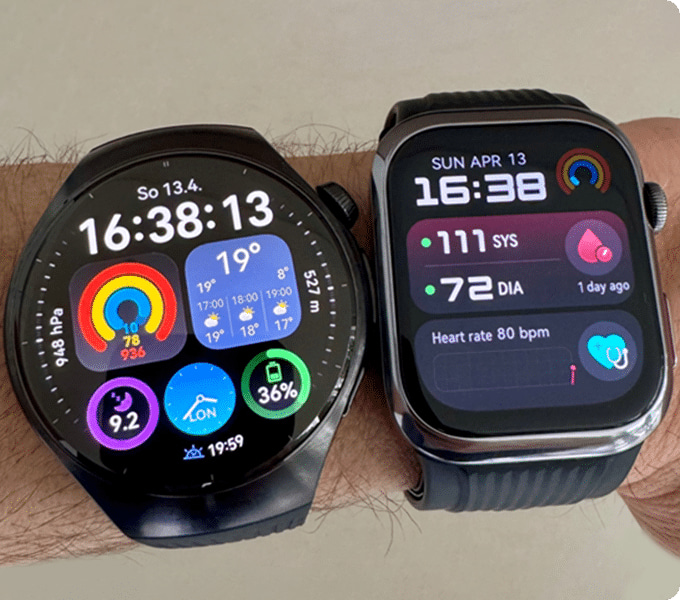
For the past few weeks, the HUAWEI
WATCH 5 has been a part
of my daily life. In my previous blog posts, I had already tested the Health Glance feature
extensively, especially with the HUAWEI
WATCH 4 Pro Space
Edition, which impressed me right from the
start. Now, HUAWEI has released a new generation: the HUAWEI
WATCH 5.
It comes in two
sizes: 42 mm and 46 mm. I tested the 46 mm black version, which fits my 17.5 cm wrist perfectly.
My first impression? Excellent feel and build quality. One standout change is immediately
noticeable - the new X-Tap sensor on the right side of the case. Another highlight is the
ultra-bright 3000-nit screen and the significantly improved screen-to-body ratio.
2. Understanding Key Health Metrics for Daily Monitoring
Staying in tune with your body starts with understanding the numbers behind your health. The HUAWEI
WATCH 5 makes it easy to track essential metrics like heart rate, stress levels, blood
oxygen saturation (SpO2), and sleep quality, all from your wrist. These daily insights empower
you to recognize trends, spot potential issues early, and make smarter decisions for your
well-being.
HUAWEI Multi-Sensing X-Tap Technology
The wrist sensor of the watch, enables continuous 24/7 health monitoring and works seamlessly
alongside the X-Tap side fingertip module, which allows for fast and precise spot checks. These
two sensors operate in perfect synergy, delivering faster and, more importantly, more accurate
health data.
With the updated TruSense system in the HUAWEI
WATCH 5, optical,
electrical, and pressure signals are now better integrated through the X-Tap interface. This
enhanced signal fusion improves the interaction between different sensor inputs, allowing for a
more comprehensive and reliable overview of key health indicators.
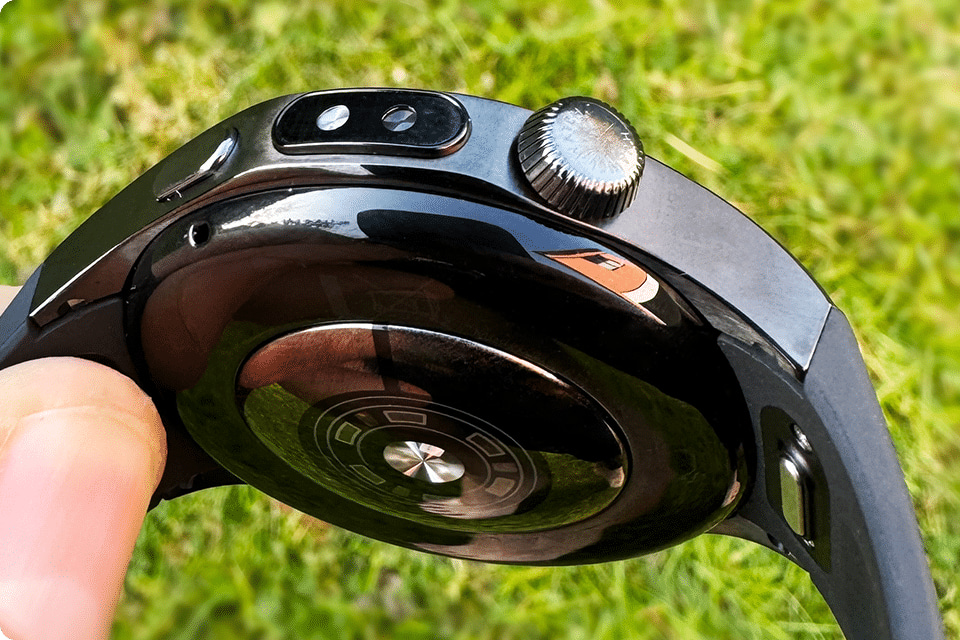
The Science Behind the Technology – X-Tap
The new three-in-one sensor combines ECG, PPG (photoplethysmography), and a pressure sensor to
provide highly accurate health measurements. This setup delivers significantly better signal
quality compared to standard wrist-based readings.
X-Tap is initiated when you place your fingertip on the side sensor (X-Tap) for 3 seconds. The
measurement starts automatically. The process is fast, intuitive, and easily fits into daily
routines.

3. HUAWEI WATCH 5: A Partner in Health Management
With the latest generation of HUAWEI's Health Glance, users can now access a comprehensive
overview of their health status in just 60 seconds. The feature currently includes 9 key health
indicators, offering a fast, yet detailed, snapshot of your physical condition and health
trends.

a) Core Vital Signs
• Average heart rate
• Heart rate variability (HRV): New for HUAWEI smartwatches
• Blood oxygen saturation (SpO2)
• Skin temperature
• Stress level
b) Cardiovascular Health
• Electrocardiogram (ECG)
• Arterial stiffness detection
c) Respiratory Health
• Respiratory overview
• Sleep breathing awareness
This wide range of measurements allows for early detection of potential issues, better
self-monitoring, and more informed health decisions, all from the convenience of your wrist.
I see the HUAWEI WATCH 5 as a ‘cockpit for the human body’:
a smart companion that provides regular tips, insights, and brings joy to everyday life.
Precision at Your Fingertip: Real-Time SpO₂ Monitoring
The fingertip is rich in capillaries and arterial networks, making it an ideal site for precise
SpO2 readings. Unlike wrist-based sensors, fingertip measurements are less affected by external
factors such as body hair, skin tone, tattoos, or the fit of the device. Continuous monitoring
is now further enhanced by sustained fingertip contact, ensuring stable and reliable data
collection.
Since the COVID-19 pandemic, oxygen saturation monitoring has become an essential tool in
outpatient care, especially for patients with respiratory conditions or during recovery phases.
[1]
What is Heart Rate Variability (HRV)?
As a barometer for human health, HRV helps measure physiological and psychological states and
aids in clinical assessment. HRV refers to the temporal variation between successive heartbeats
and is influenced by the autonomic nervous system (ANS). Pathological conditions can cause an
imbalance in the ANS, leading to reduced HRV in the long term.
The smartwatch requires about 6–7 days to establish a reliable baseline value. A good rule of
thumb: the higher your HRV, the better — and the longer you remain within your personal HRV
range, the more balanced your body tends to be.
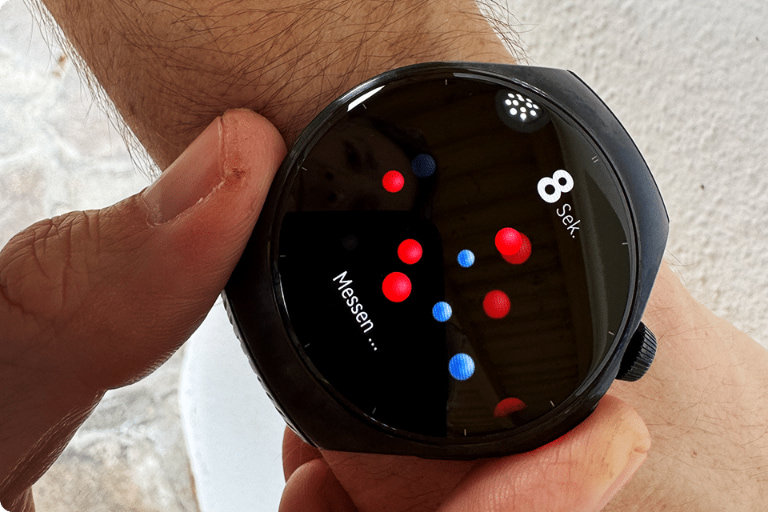
• Multi-sensing X-TAP Technology
• One-tap Health Glance
• Aerospace-grade titanium
• eSIM Cellular Calling
• Two battery modes just a tap away
• Compatible with Android and iOS
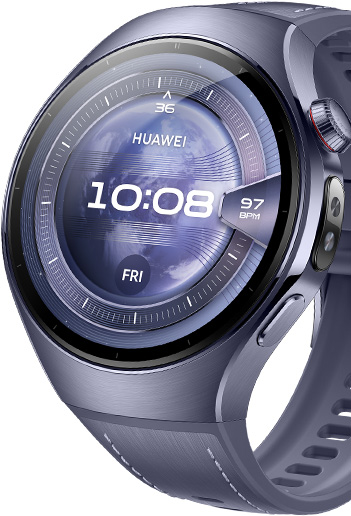
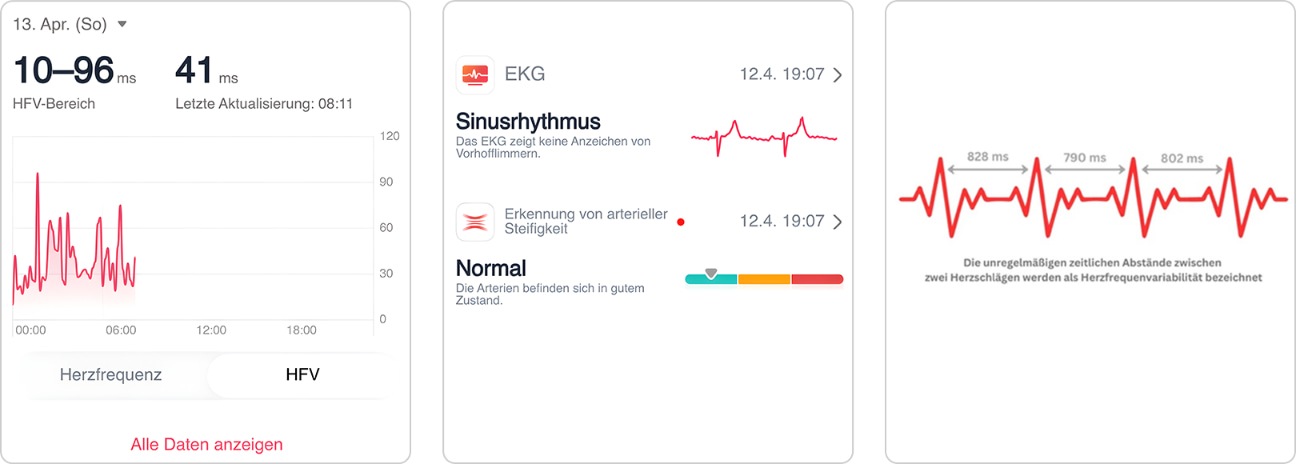
4. What do all these data points actually do for me?
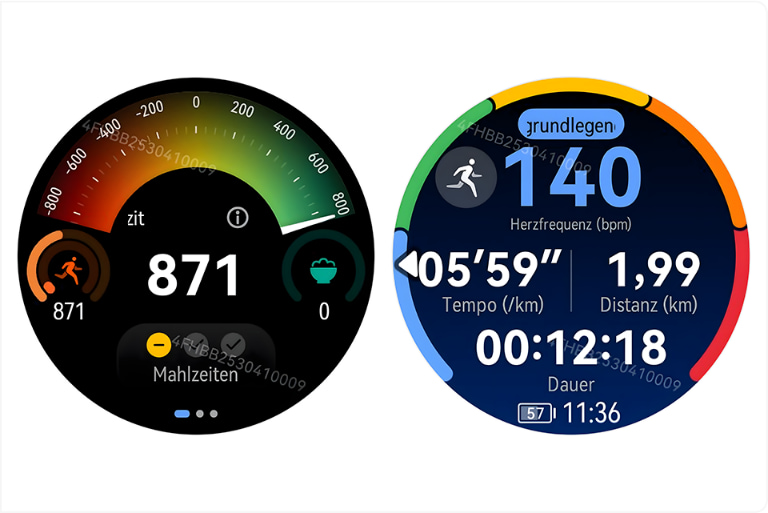
By continuously monitoring our bodies, we can detect changes early, often before we even feel
that something is wrong. Thanks to the X-Tap sensor, accessing our health data is quick and
intuitive. And when something feels off, this feature provides an immediate and simple way to
check our vitals.
The collected data can be exported as a PDF or printed out, making it easy to share with a
healthcare provider. This is particularly helpful in cases of intermittent conditions, like
occasional atrial fibrillation.
The SpO₂ measurement via X-Tap is another standout feature. It offers reliable pulse oximetry -
without the need for external devices - and delivers results in under 10 seconds, unique in
terms of precision and speed.
That said, health data alone is only useful when it’s properly interpreted. The value lies in
how these numbers are connected and what they reveal about your body’s condition and
performance.
Why Sport Still Matters, and How Smart Tracking Helps
A healthy body needs a strong foundation and that foundation is movement. Physical activity
remains one of the most important pillars of long-term health. The HUAWEI WATCH
5
supports this by
offering not only activity tracking and rewards for completed workouts, but now also integrating
this data into its broader health analysis.
The HUAWEI
WATCH 5, especially with its X-Tap sensor, acts as a kind of onboard computer for the
body. On days when your values fall outside of your normal range, it can suggest rest rather
than pushing through a workout. For example: If you're coming down with an infection, you might
notice a higher heart rate, increased body temperature, and lower HRV, a signal that pushing too
hard could increase the risk of heart inflammation. On the other hand, after a long weekend of
movie marathons and couch time, your body might benefit from gentle exercise.
That said, no wearable can replace proper medical consultation. If you notice persistent
abnormalities, you should always follow up with a doctor.
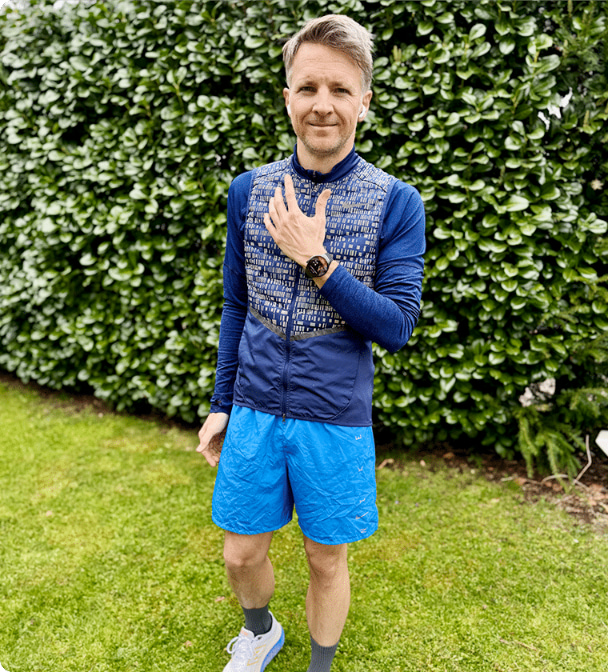
5. Take Charge of Your Health
The HUAWEI
WATCH 5 is more than just a smartwatch: it's a personal health companion. With
intelligent sensors, advanced tracking, and real-time insights, it acts like a dashboard for
your body, offering guidance, alerts, and helpful reminders that support a healthier, more
balanced lifestyle.
Whether you're an athlete tracking your recovery or simply someone looking to improve daily
habits, the HUAWEI
WATCH 5 empowers you to
stay one step ahead of your health.

From running and cycling to swimming, the HUAWEI
WATCH 5 has seamlessly accompanied me in various
workouts, all while feeling light, comfortable, and intuitive to use. It’s not just technically
up to date with features like Wi-Fi 6, eSIM, and full-color offline navigation, but it also
brings practical functionality. Even in battery saver mode, it keeps up with extended sessions
without interruption.
This isn’t a watch just for athletes or fitness fanatics. It’s also an ideal companion for those
who want to stay proactive about their health, regardless of age. Young users can monitor trends
and improve habits early on, while older users benefit from features that help detect anomalies
and encourage safe, regular physical activity.

The author of this article is Dr. Daniel Plecity. The views expressed are his own.
The information is to be used as general information only, and is not to be taken as advice with
respect to any individual situation and cannot be relied upon as such. A healthcare provider should
be consulted when attempting to diagnose a condition or when determining the best course of action
for any health-related concern.
The ECG feature is intended to be used by people aged 18 years and over, but is not intended to
replace any medical diagnosis or treatment. Data obtained during the use of this feature is for
personal reference only. Before using ECG, please carefully read the Instruction for Use
Due to national restrictions on obtaining approval / registration as a medical device, ECG feature
only works on watches and smartphones purchased in countries where the service is currently
available.
Supported smartphones: Mobile phones with Android 6.0 or compatibles, HarmonyOS 2.0 or compatibles,
or iOS 12.0 or compatibles. The HUAWEI Health app version on your mobile phone must be 11.0 or
compatibles. Please make sure that your wearable device and phone are running the latest versions
before using ECG.
The X-Tap, Health Insights, arterial stiffness detection, stress, skin temperature, heart rate,
heart rate variability, sleep tracking, SpO2 features are not a medical device, and therefore its
monitoring data and results are for reference only and should not be used as a basis for medical
diagnosis or treatment.
6. References
1. Michard F, Shelley K & L’Her E, (2021): COVID-19:
Pulse oximeters in
the spotlight
2. Tiwari R, Kumar R, Malik S, et. al. (2021): Analysis
of Heart Rate
Variability and Implication of
Different Factors on Heart Rate Variability
3. Laborde S, Mosley E & Mertgen A, (2018): Vagal Tank Theory: The
Three Rs of Cardiac Vagal Control
Functioning - Resting, Reactivity, and Recovery
4. Lundstrom CJ, Foreman NA & Biltz G, (2023): Practices
and
Applications of Heart Rate Variability
Monitoring in Endurance Athletes
5. Noubiap JJ, Nansseu JR, Lontchi-Yimagou E, et. al. (2022): Global,
regional, and country
estimates of metabolic syndrome burden in children and adolescents in 2020: a systematic review
and
modelling analysis
6. Hampl SE, Hassink SG, Skinner AC, et. al. (2023): Clinical Practice
Guideline for the Evaluation
and Treatment of Children and Adolescents With Obesity
Administrator
Copy successful

